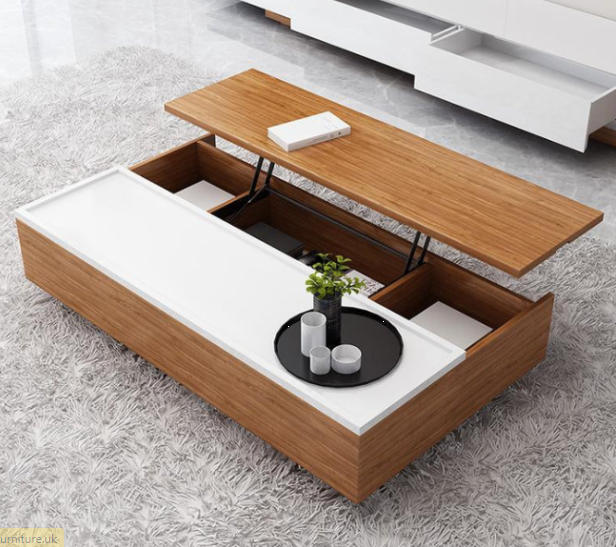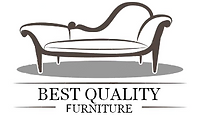
When it comes to furnishing your living space, the coffee table often takes center stage. Not only is it a functional piece of furniture for placing your coffee mugs or favorite books, but it also serves as a focal point that ties your interior design together. Choosing the right coffee table can make a significant difference in the overall look and feel of your space. In this article, we’ll explore the key factors to consider when selecting the perfect coffee table for your interior.
Consider Your Interior Style
Before you start browsing for coffee tables, it’s essential to understand your interior style. Your coffee table should seamlessly integrate with the existing decor and aesthetic of your home. Here are a few popular interior styles and the types of coffee tables that complement them:
- Modern: For a sleek and contemporary look, opt for coffee tables with clean lines, minimalist designs, and materials like glass, metal, or acrylic.
- Traditional: Traditional interiors call for wooden coffee tables with ornate details, such as carvings or moldings. Darker wood finishes like mahogany or cherry can be an excellent choice.
- Bohemian: Embrace eclectic and free-spirited vibes with a unique and colorful coffee table. Think about incorporating pieces made from reclaimed materials or with intricate patterns.
- Industrial: Industrial interiors pair well with coffee tables featuring raw materials like distressed wood and metal. Look for pieces with an unfinished, rustic appearance.
Size and Proportion Matter
The size of your coffee table should be proportionate to the size of your seating area. A coffee table that’s too large can overwhelm the space, while one that’s too small may look out of place. Here are some size considerations:
- Height: Ideally, your coffee table should be about the same height as your seating or within a couple of inches. This makes it easy to reach for items without straining.
- Length and Width: The table’s dimensions should allow for comfortable access from all seating areas. As a general guideline, leave at least 18 inches between the coffee table and the edge of your sofa or chairs.
Functionality and Storage
Consider how you plan to use your coffee table. Some coffee tables come with added functionality and storage options, such as shelves, drawers, or lift-top surfaces. If you need extra storage for remote controls, magazines, or other items, choose a coffee table that offers these features.
Material Selection
Coffee tables are available in various materials, each offering a unique look and feel. Here are some common materials to choose from:
- Wood: Wooden coffee tables are timeless and versatile, available in various finishes and styles.
- Glass: Glass coffee tables create a sense of openness and are excellent for smaller spaces as they don’t visually clutter the area.
- Metal: Metal coffee tables are sturdy and can lend an industrial or modern touch to your interior.
- Stone: Stone-topped coffee tables, such as marble or granite, add a touch of luxury and elegance to your space.
Budget Considerations
Coffee tables come in a wide price range, so it’s essential to establish a budget before you start shopping. While it’s tempting to splurge on a statement piece, you can find stylish and functional coffee tables at various price points. Be sure to consider the long-term durability and quality of the table within your budget.

Choosing the right coffee table for your interior involves a careful consideration of your style, size requirements, functionality, materials, and budget. Take your time exploring different options, and don’t be afraid to mix and match styles or materials to create a unique look that reflects your personal taste. With the perfect coffee table in place, your living space will not only be more functional but also a true reflection of your style and personality.






